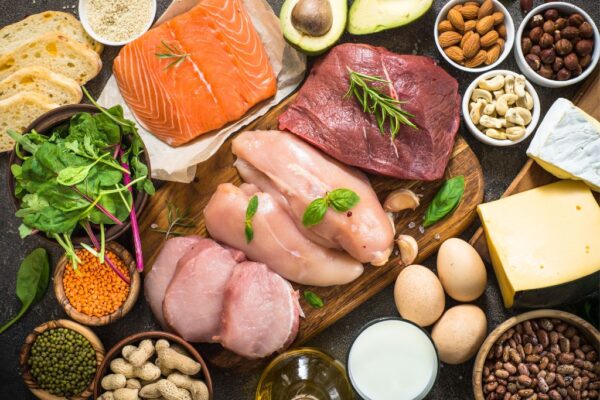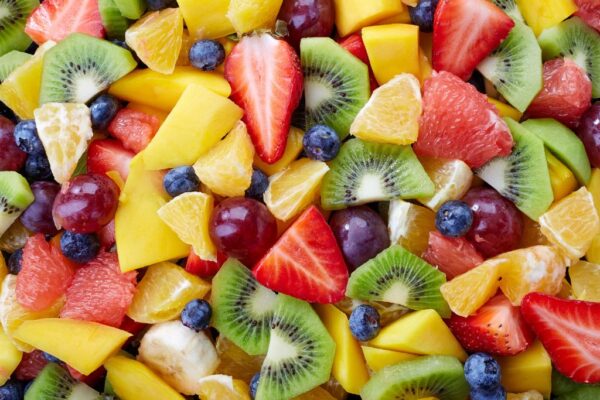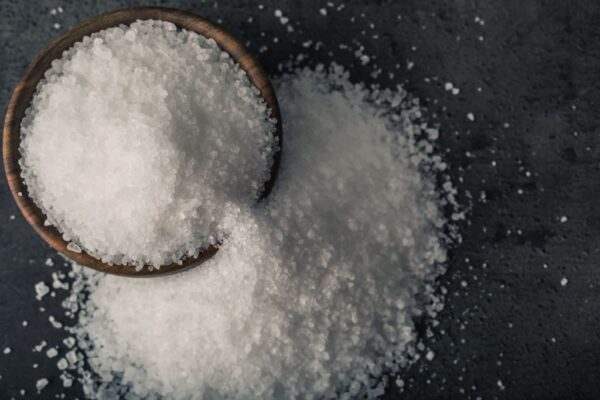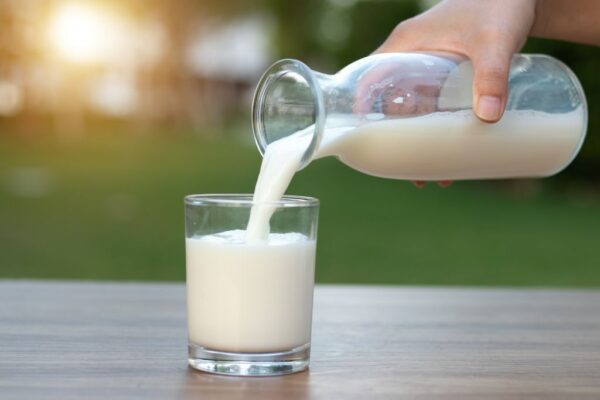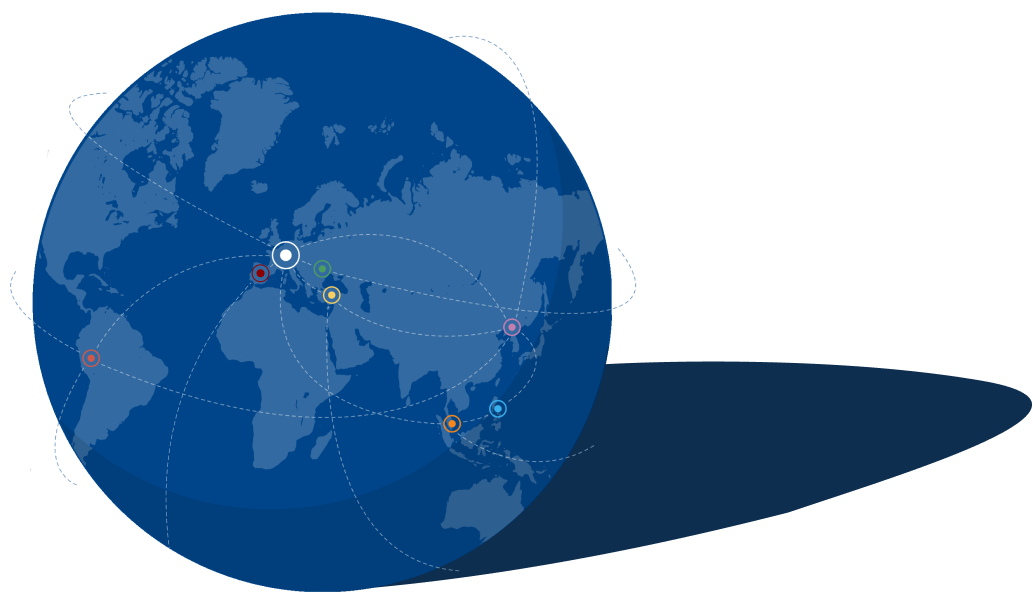Protein and Peptide Research at GALAB Laboratories
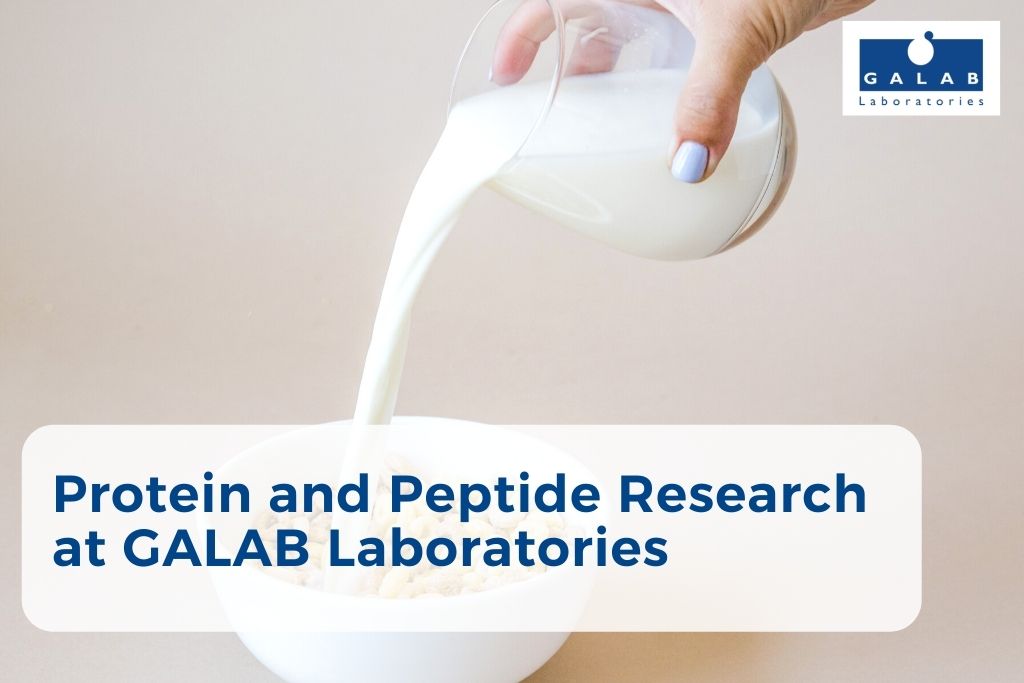
Agriculture activity must be increased
In 2022 approximately 7.9 billion people are living on our planet and the world’s population is still about to grow. According to statistical projections, more than 9 billion people will populate the world in 2050 1,2. But why is that problematic?
3 billion people on earth cannot afford a healthy and nutritious diet apart from the fact that 690 million people are starving3. That means that the agriculture activity must be increased 30-40% to provide food for all people on the planet4. This approach might not be feasible because the resources are limited5. Another way to make the best use of the resources we have is to develop a method to predict the shelf life of food more accurately.
Nowadays the shelf life is determined by microbiological and sensory applications 6,7 which are not accurate enough to avoid food waste in the first place8. Some consumers blindly trust the best-before date and throw away food as soon as it expires, even if it is still edible and meets the required quality standards9. With a more accurate prediction method, food waste can be reduced because the consumers will not throw away food which is perfectly fine to eat.
The goal of that particular research project is to develop a workflow which predicts the shelf life of food based on the proteomic profile. Proteomics is one discipline of the so-called omics-cascade10. The proteome includes all proteins in an organism or food11. It is quite variable and adjusts easily to the external factors11. The differences in the environment can affect the proteome11. Lisa-Carina Class and her colleague at GALAB Laboratories are working on developing an application to investigate the proteomic profile and discover marker peptides that lead to a more accurate prediction of the shelf life of food. To perform that kind of analytics we use high resolution mass spectrometry-technologies and process the outcoming data with deep learning algorithms. In our review paper from 2021 “Diving Deep into Data: A Review of Deep Learning Approaches and Potential Applications in Foodomics” we outline the state of the research in that field12.
Resources:
- Scholik, N. Limit. Ein Essay zur Lage der Weltbevölkerung. Teil 1: Grenzen und Herausforderungen. Zeitschrift für Außen- und Sicherheitspolitik 14, 189–212 (2021).
- Schug, W. Die Entwicklung der Weltbevölkerung und die Globale Nahrungsmittelversorgung. J. fur Verbraucherschutz und Leb. 4, 44–51 (2009).
- FAO. Food Waste Index Report 2021. Unep (2021).
- Augustin, M. A. et al. Role of food processing in food and nutrition security. Trends Food Sci. Technol. 56, 115–125 (2016).
- Corradini, M. G. Shelf Life of Food Products: From Open Labeling to Real-Time Measurements. Annu. Rev. Food Sci. Technol. 9, 251–269 (2018).
- Vallejo-Cordoba, B. & Nakai, S. Keeping-Quality Assessment of Pasteurized Milk by Multivariate Analysis of Dynamic Headspace Gas Chromatographic Data. 1. Shelf-Life Prediction by Principal Component Regression. J. Agric. Food Chem. 42, 989–993 (1994).
- Condurso, C. et al. A new approach for the shelf-life definition of minimally processed carrots. Postharvest Biol. Technol. 163, 111138 (2020).
- Bishop, J. R. & White, C. H. Assessment of Dairy Product Quality and Potential Shelf-Life – A Review. J. Food Prot. 49, 739–753 (1986).
- Parfitt, J., Barthel, M. & MacNaughton, S. Food waste within food supply chains: Quantification and potential for change to 2050. Philos. Trans. R. Soc. B Biol. Sci. 365, 3065–3081 (2010).
- Baumann, F. et al. Lebensmittelsicherheit & Verpackung Food Science Dialog der Hochschule für Angewandte Wissenschaft (HAW) Hamburg, 15.-19. September 2014. J. fur Verbraucherschutz und Leb. 9, 391–420 (2014).
- Pischetsrieder, M. & Baeuerlein, R. Proteome research in food science. Chem. Soc. Rev. 38, 2600–2608 (2009).
- Class, L., Kuhnen, G. & Rohn, S. Diving Deep into the Data : A Review of Deep Learning Approaches and Potential Applications in Foodomics. 1–18 (2021).
This might also interest you
Parameters & Analytical Methods
-
State-of-the-Art Analysis
We constantly update our spectrum of parameters to the latest developments in the food analysis sector and offer state-of-the-art analytical methods for the safety of your products.
-
Comprehensive multi-methods
We are constantly expanding our range of services in order to be able to guarantee you a comprehensive range of analyses. We offer multi-methods for mycotoxins, dioxin analysis or molecular biological analysis for GMOs and allergens. The GALAB Pesticide500Plus® multi-method can even be used for difficult matrices such as spices and herbs.
-
Constant development
If you cannot find the parameter/analysis you are looking for here, please do not hesitate to contact us. Our research and development department implements your requirements and specifications cost-efficiently and with a high quality standard.
-
Quality Policy
GALAB Laboratories has implemented a quality management system to allow for optimum service for their customers. It is our goal to establish close relations to customers by customer satisfaction. Therefor quick reactions to customers’ specific needs as well as considerations for quality demands of the market are necessary. We strive to provide comprehensive and professional advice to our customers. Learn more
Get in touch, we will help you.


